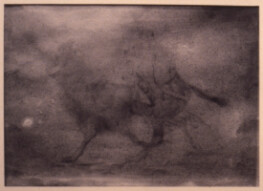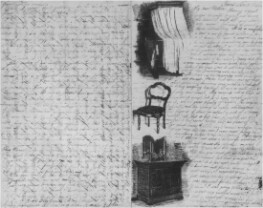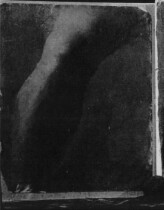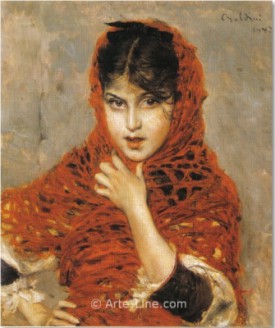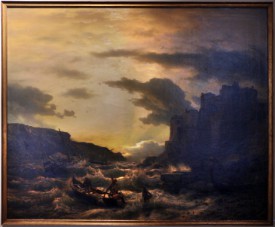The Swimming Hole
Eakins' most accomplished rendition of the nude figure, The Swimming Hole represents the artist and five other naked men, his students, and friends, at the edge of a creek near Philadelphia. It was commissioned by Edward H. Coates, a Philadelphia businessman who was then Chairman of the Committee on Instruction at the Pennsylvania Academy of the Fine Arts, where Eakins taught for a decade. The painting was shown in the Academy's 1885 annual exhibition but was soon returned to the artist by the patron, who exchanged it for a less controversial genre scene, The Pathetic Song (1881).
Within months, in 1886, Eakins was dismissed from the Academy, where his demands for the study of the nude offended Victorian propriety. The Swimming Hole, by its subject and provenance closely associated with this painful moment in Eakins' career, was exhibited only once more during his lifetime, in Louisville, Kentucky, in 1886. It remained in the painter's possession until his death thirty years later.
The painting's well-known title, The Swimming Hole, was first used in 1917, probably at Mrs. Eakins' suggestion. The artist called it Swimming and The Swimmers , emphasizing not the place, but the action and the figures. Eakins took numerous photographs of these young men swimming, and he presents them on the canvas as they appeared in real life without any romanticizing effects. The unsentimental and frank depiction of the male nude in various poses has sparked much debate. The voyeuristic element of the paintings compounded when one learns that Eakins painted himself into the scene as the figure swimming toward the rock. Whether an innocent depiction of male camaraderie and frivolity, an acknowledgment of latent gay desire, a celebration of the nude form focusing on muscle, bone, and anatomy, or a deliberate attempt to court controversy and propel one's reputation, the painting is still a subject of debate more than a century after the artist's death.

